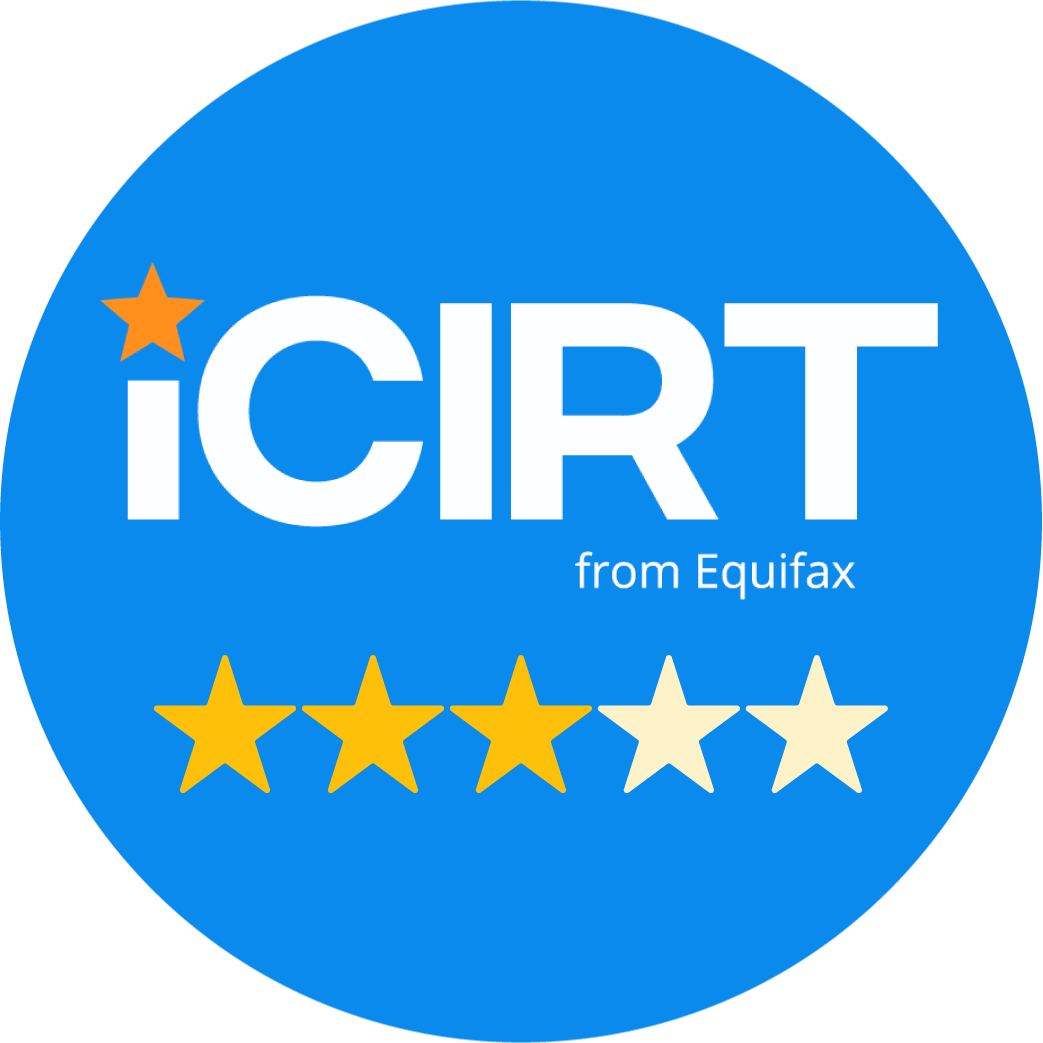
Every aspect of a business’s information and services must be inclusive, leaving no stone unturned; this includes web and digital accessibility.
Although accessibility is necessary for some, it is beneficial for all. For organisations across Australia, promoting diversity and inclusion has become the norm, as businesses work daily towards equal opportunity and preventing discrimination.
Despite this, web and digital accessibility can pose a barrier to knowledge, services, and usability for all individuals, irrespective of physical, motor, cognitive, auditory abilities or disabilities.
For Access Link Consulting, accessibility online means committing to:
- adding value for people with special needs
- prioritising understanding and consistency
- putting people first—no matter who
- providing extra ways to interact with elements of the UI
- improving the user experience for everyone
What is most salient as a principle is that everybody has access—everybody sees, understands, navigates, and interacts online and can contribute to the web wherever possible. There should be little to no limitations and should not discourage any user from experiencing your brand online.
Web vs Digital Accessibility
There are many similarities between web and digital accessibility, often interchangeable as many of their principles overlap. However, ultimately they have distinct meanings with the same goal—to reach the broadest audience possible.
| Web Accessibility | Digital Accessibility | |
| Definition | Websites and associated technologies should be equally and easily accessible to everyone, regardless of their hearing, sight, physical and cognitive ability. | Includes the principle of web accessibility. However, it consists of the broader elements of the digital world, not just websites, including but not limited to videos, online documents, mobile applications, etc. |
| Examples | Large, high-resolution imagery, simple layouts, contrasting colours, text resizing options, easy navigation, legible font spacing, well-designed buttons, etc. | Simple layouts, contrasting colours, text-to-speech functions, easy navigation, clear headings, subtitles on videos, image alt. text, text resizing options etc. |
Challenges in online accessibility and how to solve them as a business:
In the context of the modern world, there are many challenges businesses face in improving a brand’s online state of accessibility. Below are some general challenges faced by organisations across Australia and the ways these challenges can be tackled:
| CHALLENGE | SOLUTION |
| Understanding the importance of web and digital accessibility | Staff training: Employees must understand the importance of accessibility in all digital and web services. As an organisation-wide initiative, improving internal guidelines, driving learning programs, offering staff workshops and raising product/service standards are simple ways businesses can promote access needs within their company. This can also encourage knowledge-sharing on the issue to both internal and external stakeholders. |
| Assess current digital products and services for accessibility | Audits: Accessibility audits are a technical means of ensuring compliance with legal, moral and financial obligations. Addressing every issue, including minor ones, are great ways to remedy any accessibility shortcomings for your business. Employing a specialist may be beneficial for a comprehensive understanding of how and where your business’s digital product or service is accessible. |
| Invest in resources, including humans, that improve accessibility | Create accessibility criteria: Making accessibility part of your online presence can be achieved if design principles and assets are reviewed and evolved accordingly. For this, there is nothing like a checklist—created by specialist consultants, of course. Intertwining accessibility and a brand’s online presence can best be achieved where solid technological guidelines are in place. For example, establishing design principle assets can assist in adapting design processes that promote inclusion. Be technical and strive toward this technical compliance, but do so with customers with real accessibility needs in mind. |
Legal requirements for web and digital accessibility:
Businesses face financial and moral obligations when it comes to being accessible. However, legal obligations must also be adhered to and kept on your radar. Here is a very brief summary of your legal obligations as a business when it comes to accessibility as an online organisation:
- The Disability Discrimination Act 1992: organisations must ensure all information and services are non-discriminatory and accessible.
- Web Content Accessibility Guidelines v2.0 (WCAG 2.0): policies developed under the Web Accessibility Initiative of the World Wide Web Consortium (W3C) outline accessibility requirements and compliance for organisations around the world.
Access Link Consulting advocates standardising web and digital services and products to ensure accessibility for all. By implementing appropriate policies and guidelines, Australian businesses contribute to a more inclusive digital environment, changing the internet’s landscape.
No matter who, no matter where.
Our consultants are here if you are interested in inclusive design and development. Our experience can assist your business in achieving better outcomes for you and, more importantly, your audience.









